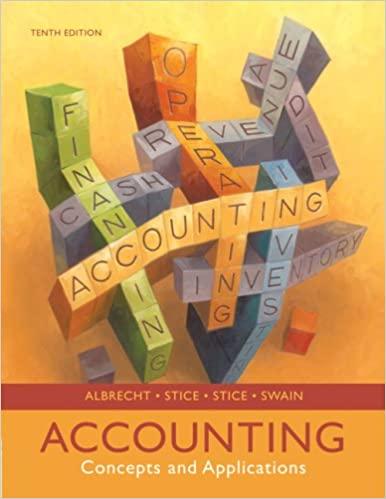Computing Changes in Debt Ratio and Return on Equity This spreadsheet assignment is a continuation of the
Question:
Computing Changes in Debt Ratio and Return on Equity This spreadsheet assignment is a continuation of the spreadsheet assignments given in earlier chapters. If you completed those spreadsheets, you have a head start on this one.
This assignment is based on the spreadsheet prepared in part (1) of the spreadsheet assignment for Chapter 7. Review that assignment for a summary of the assumptions made in preparing a forecasted balance sheet and income statement for 2010 for Handyman Company. Using those financial statements, complete the following two independent sensitivity exercises.
1. Handyman is involved in a class-action lawsuit in which a number of customers allege that they injured their thumbs while using hammers purchased at Handyman. These customers are seeking $50 million in compensatory and punitive damages. (Note: All of the numbers in Handyman’s financial statements are in millions.) In making the financial statement projections for Handyman for 2010, it has been assumed that losing this lawsuit is possible, but not probable. Compute how each of the following quantities would be affected if a loss in this lawsuit becomes probable during 2010:
a. Debt ratio (total liabilities/total assets) as of the end of 2010.
b. Return on equity (net income/ending stockholders’ equity) for 2010.
2. Ignore the lawsuit described in (1). It is expected that Handyman’s total “other operating expenses” will be $217 million in 2010. Of this amount, $20 million is for expected development costs that would be capitalized if Handyman were allowed to use International Accounting Standards. Compute how the capitalization of these development costs in 2010 would affect the following quantities. (Note: This is a hypothetical exercise because, as a U.S. company, Handyman is not currently allowed to use International Accounting Standards in preparing its financial statements.)
a. Debt ratio (total liabilities/total assets) as of the end of 2010.
b. Return on equity (net income/ending stockholders’ equity) for 2010.
Step by Step Answer:

Accounting Concepts And Applications
ISBN: 9780324376159
10th Edition
Authors: W. Steve Albrecht, James D. Stice, Earl K. Stice, Monte R. Swain





